
(Ebook) An Introduction to Programming with IDL: Interactive Data Language by Kenneth P. Bowman ISBN 9780080489278, 9780120885596, 012088559X, 0080489273 download
https://ebooknice.com/product/an-introduction-to-programmingwith-idl-interactive-data-language-1398226
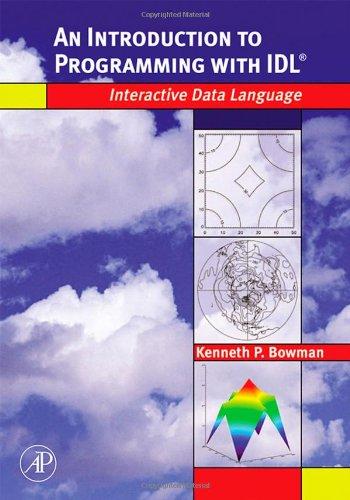
Explore and download more ebooks at ebooknice.com
Here are some recommended products for you. Click the link to download, or explore more at ebooknice.com
(Ebook) Biota Grow 2C gather 2C cook by Loucas, Jason; Viles, James ISBN 9781459699816, 9781743365571, 9781925268492, 1459699815, 1743365578, 1925268497
https://ebooknice.com/product/biota-grow-2c-gather-2c-cook-6661374
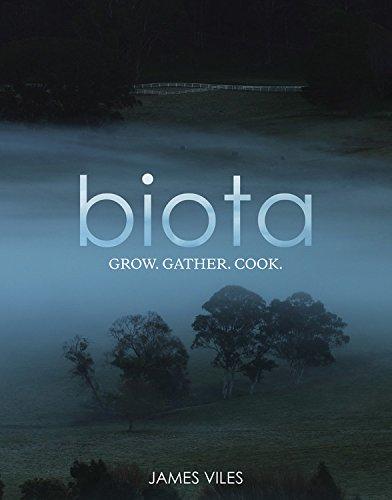
(Ebook) Matematik 5000+ Kurs 2c Lärobok by Lena Alfredsson, Hans Heikne, Sanna Bodemyr ISBN 9789127456600, 9127456609
https://ebooknice.com/product/matematik-5000-kurs-2c-larobok-23848312
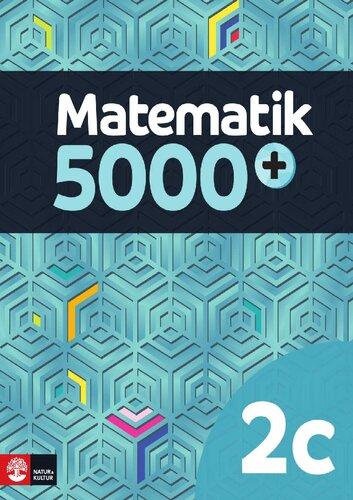
(Ebook) SAT II Success MATH 1C and 2C 2002 (Peterson's SAT II Success) by Peterson's ISBN 9780768906677, 0768906679
https://ebooknice.com/product/sat-ii-success-math-1c-and-2c-2002-petersons-sat-ii-success-1722018
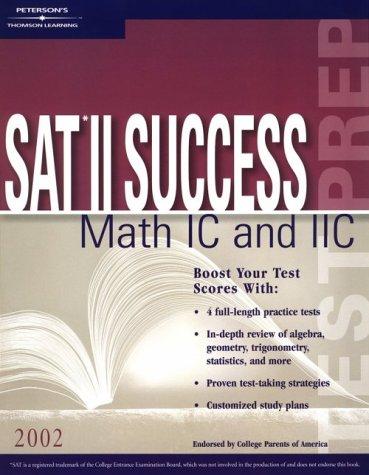
(Ebook) Master SAT II Math 1c and 2c 4th ed (Arco Master the SAT Subject Test: Math Levels 1 & 2) by Arco ISBN 9780768923049, 0768923042
https://ebooknice.com/product/master-sat-ii-math-1c-and-2c-4th-ed-arcomaster-the-sat-subject-test-math-levels-1-2-2326094
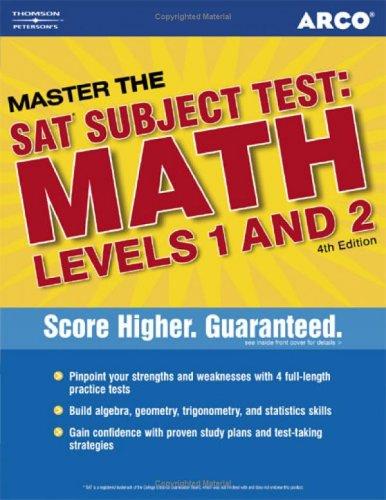
(Ebook) Cambridge IGCSE and O Level History Workbook 2C - Depth Study: the United States, 1919-41 2nd Edition by Benjamin Harrison ISBN 9781398375147, 9781398375048, 1398375144, 1398375047
https://ebooknice.com/product/cambridge-igcse-and-o-level-historyworkbook-2c-depth-study-the-united-states-1919-41-2nd-edition-53538044
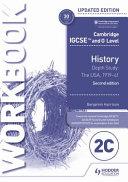
(Ebook) Interactive Data Visualization for the Web: An Introduction to Designing with D3 by Scott Murray ISBN 9781491921289, 1491921285
https://ebooknice.com/product/interactive-data-visualization-for-the-weban-introduction-to-designing-with-d3-6769294
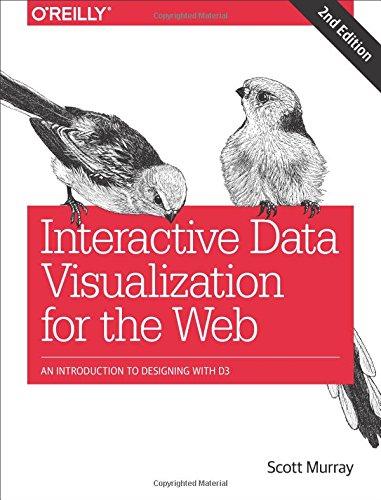
(Ebook) Interactive Data Visualization for the Web: An Introduction to Designing with D3 by Murray, Scott ISBN 9781449339739, 1449339735
https://ebooknice.com/product/interactive-data-visualization-for-the-weban-introduction-to-designing-with-d3-55920266
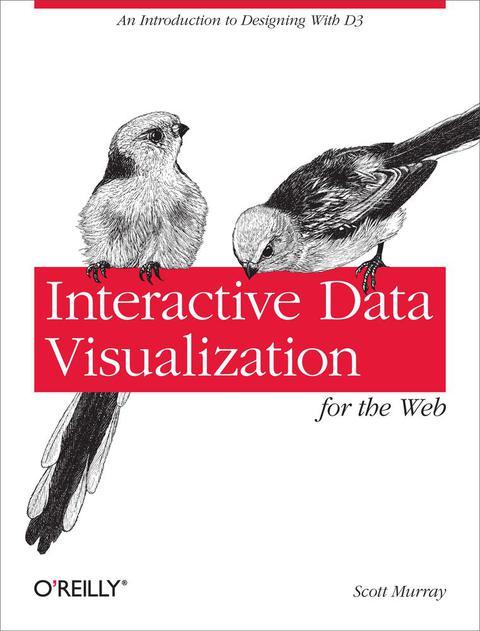
(Ebook) Interactive Data Visualization for the Web: An Introduction to Designing with D3 by Scott Murray ISBN 9781491921289, 1491921285
https://ebooknice.com/product/interactive-data-visualization-for-the-weban-introduction-to-designing-with-d3-7187934
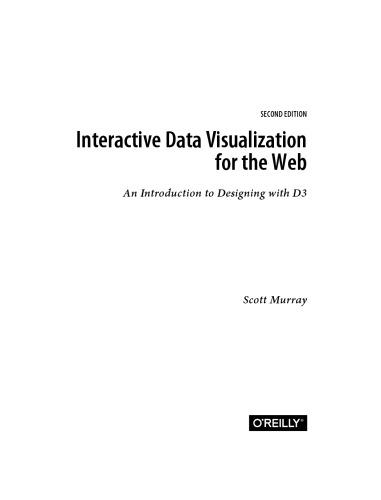
(Ebook) Open Heritage Data: An introduction to research, publishing and programming with open data in the heritage sector by Henriette Roued-Cunliffe ISBN 9781783303595, 178330359X
https://ebooknice.com/product/open-heritage-data-an-introduction-toresearch-publishing-and-programming-with-open-data-in-the-heritagesector-23775922
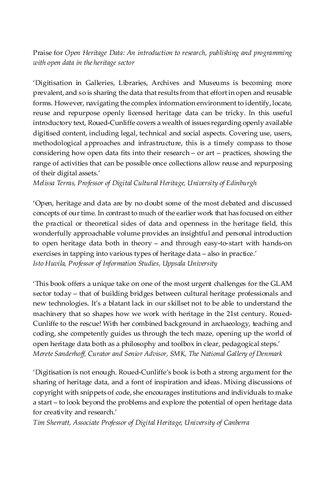
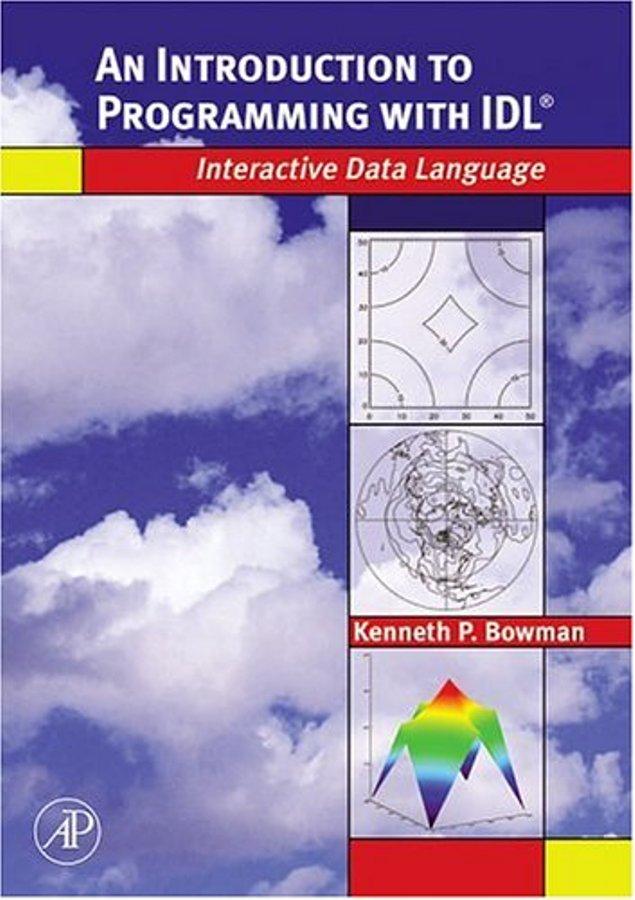
Preface
ItisatritebuttrueObservation,thatExampleswork moreforciblyontheMindthanPrecepts.
—HenryFielding, JosephAndrews
Studentsinundergraduatescienceandengineeringprogramstypicallytake onesemesterofcomputerprogramming,oftenusingFortranorCor,more recently,JavaorC++.Althoughtheselanguagesareallusedtowritescientific software,inoneortwosemestersitisdifficultforstudentstodeveloptheskills neededtowriteusefulprograms.Studentswhogoontograduateschoolare frequentlyunpreparedtobeginwriting,orevenusing,scientificsoftware.
InteractiveDataLanguage(IDL)isahigh-levellanguagedesignedspecificallyforscientificprogramminganddataanalysis.Inadditiontoacomplete setofbasicprogrammingtools(numericaltypes,strings,arrays,structures, pointers,etc.),itincludesawiderangeofgraphicalfunctionsanddevice drivers.AmajoradvantageofIDLcomparedtotraditionalprogramming languagesisthatbeginnerscanbeginwritingprogramsandplottinggraphs afteronlyafewhoursofuse.Althoughnotcoveredinthisbook,IDLalso makesiteasytocreateprogramswithpoint-and-clickgraphicaluserinterfaces andtodevelopprogramsusinganobject-orientedstyle.IDLisavailableon MicrosoftWindowsandUnix-derivedoperatingsystems,includingpopular commercialversionsofUnix,Linux,andApple’sMacOSX.Withalittle planning,IDLprogramscanbemovedeasilybetweenplatforms.
Thisbookisintendedtobeusedinanintroductorycomputerprogrammingcourseforscienceandengineeringstudentsateithertheundergraduate orgraduatelevel.StudentscanlearnIDLquicklyenoughthatitcanbetaught aspartofatopicalcourse,eitherasaseparate“lab”sectionorasanintegral partofthecourse.Itdoesnotassumethatstudentshaveexperiencewith anotherprogramminglanguage,althoughoccasionalcomparisonsaremade withFortranorCtohelpstudentswhoarefamiliarwiththoselanguages adjusttoIDLsyntaxandprogrammingstyle.
Thegoalofthisbookistoteachbeginnersenoughaboutprogramming,and givethemenoughpracticalexperience,thattheycanwriteusefulprogramsfor
coursesintheirdisciplineorfortheirresearch.Thisbookintroducesstudents tothefollowingconcepts:
■ Variablesanddatastructures
– Variableassignmentandexpressionevaluation
– Whentouseintegersandfloating-pointnumbers
– Underflowandoverflow
– Round-offerror
– InfinitiesandNot-a-Numbers
– ArraysandIDLarraysyntax
– Datastructures
■ Inputandoutput
– Whenandhowtousetextfiles,binaryfiles,andscientificfileformats, suchasnetCDF
– Trade-offsamongspeed,portability,simplicity,andtransparency
■ Proceduresandfunctions
– Howproceduresandfunctionswork
– Positionalarguments
– Keywordarguments
■ Programmingstyle
– Writingreadableprograms
– Modularizingprograms
■ Graphics
– Makinggoodgraphs:linegraphs,contourgraphs,andmaps
– Generatingprintedoutput
■ Typicalapplications
– Basicstatisticsandpseudorandomnumbers
– Interpolation
– FastFouriertransforms
Youwillnoticethatthislistcontainssomerelativelyfundamentalconcepts, suchasintegerandfloating-pointarithmetic,andsomeverypracticaltopics, suchashowtoplotamaporprintagraph.Inkeepingwiththequotationatthe beginningofthispreface,theseconceptsaretaughtprimarilythroughexamples.Theexampleprogramsanddatasetsusedinthisbookareallavailable viatheWorldWideWeb(seeChapter3fordetails).
